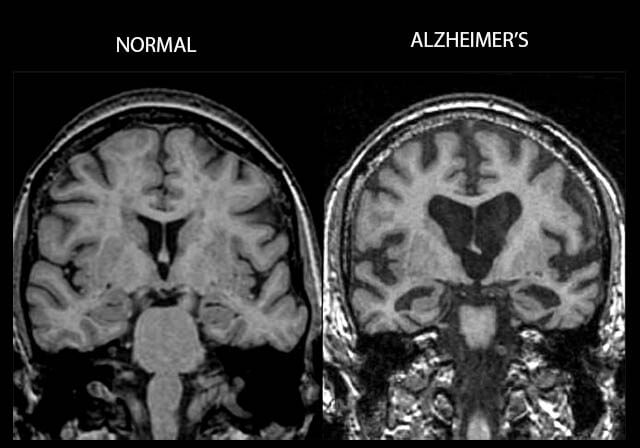Alzheimer’s Disease Research Data - Is Higher Education Associated with Alzheimer’s Disease?12/22/2019
Something I often wonder is if educated people are less or more likely to develop Alzheimer’s Disease. I wonder if there is a correlation between knowledge and this disease. Between thinking and this disease. And that is because it requires an amount of pressure to obtain a satisfactory deduction after having overthought. Overthinking is something that naturally happens to any person. “Should I wear these shoes?”, “should I wear this hat?” and drives decision upon a rational evaluation of a situation. But this overthinking grows as the gravity of the premise does. “Why did I buy these shoes?”, “why didn’t I buy shoes to my children instead?”. Naturally, as you noticed on the progression of the questions, the thinking evolves as the personal priorities do. Concluding that a person with bigger responsibilities will be more likely to overthink. Therefore, my question is whether educated people are more likely to develop Alzheimer’s Disease. What Is Alzheimer's Disease? Alzheimer's Disease is an irreversible brain disorder that affects cerebral regions in their ability to rationalize. CDR and Education Note in the first image on your left top corner, the scatterplot shows a significant peak on CDR among individuals with 12 years of education. Giving a sense that indeed education is related to development of Alzheimer’s Disease. When analyzing data, we can drive conclusions based on historical references. Historical data that describes which groups developed Alzheimer’s Disease and whether there is a trend that can be predictable.
About the data:
The Open Access Series of Imaging Studies (OASIS) is a project aimed at making MRI data sets of the brain freely available to the scientific community. By compiling and freely distributing MRI data sets, we hope to facilitate future discoveries in basic and clinical neuroscience. OASIS is made available by the Washington University Alzheimer’s Disease Research Center, Dr. Randy Buckner at the Howard Hughes Medical Institute (HHMI)( at Harvard University, the Neuroinformatics Research Group (NRG) at Washington University School of Medicine, and the Biomedical Informatics Research Network (BIRN). Content: Cross-sectional MRI Data in Young, Middle Aged, Nondemented and Demented Older Adults: This set consists of a cross-sectional collection of 416 subjects aged 18 to 96. For each subject, 3 or 4 individual T1-weighted MRI scans obtained in single scan sessions are included. The subjects are all right-handed and include both men and women. 100 of the included subjects over the age of 60 have been clinically diagnosed with very mild to moderate Alzheimer’s disease (AD). Additionally, a reliability data set is included containing 20 nondemented subjects imaged on a subsequent visit within 90 days of their initial session. Longitudinal MRI Data in Nondemented and Demented Older Adults: This set consists of a longitudinal collection of 150 subjects aged 60 to 96. Each subject was scanned on two or more visits, separated by at least one year for a total of 373 imaging sessions. For each subject, 3 or 4 individual T1-weighted MRI scans obtained in single scan sessions are included. The subjects are all right-handed and include both men and women. 72 of the subjects were characterized as nondemented throughout the study. 64 of the included subjects were characterized as demented at the time of their initial visits and remained so for subsequent scans, including 51 individuals with mild to moderate Alzheimer’s disease. Another 14 subjects were characterized as nondemented at the time of their initial visit and were subsequently characterized as demented at a later visit. source: https://www.kaggle.com/
1 Comment
|

 RSS Feed
RSS Feed